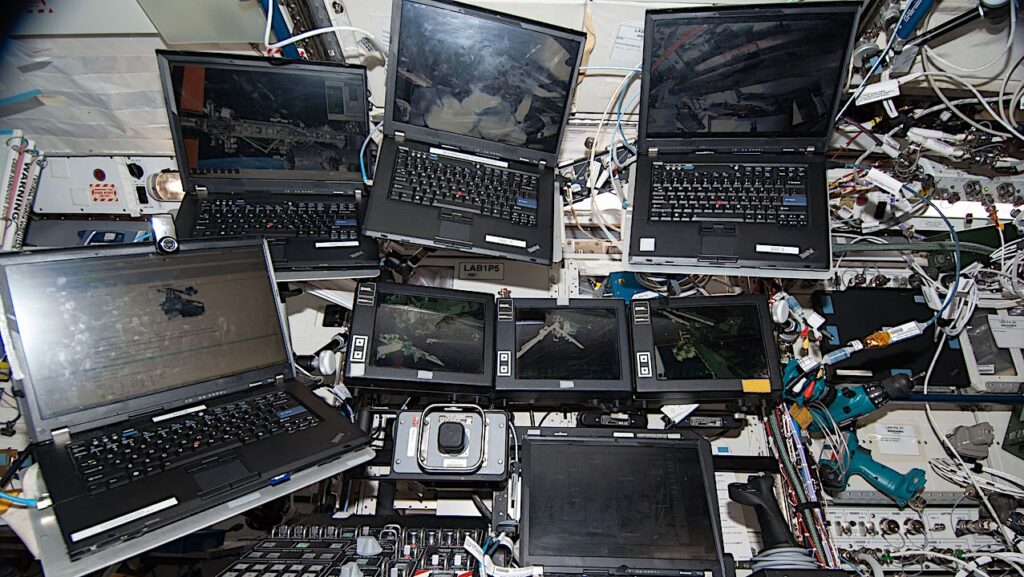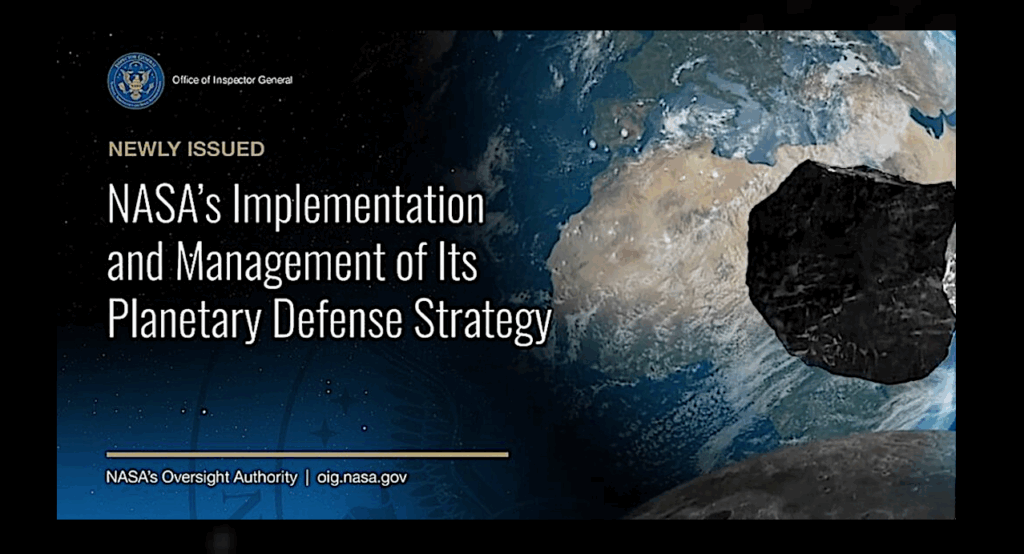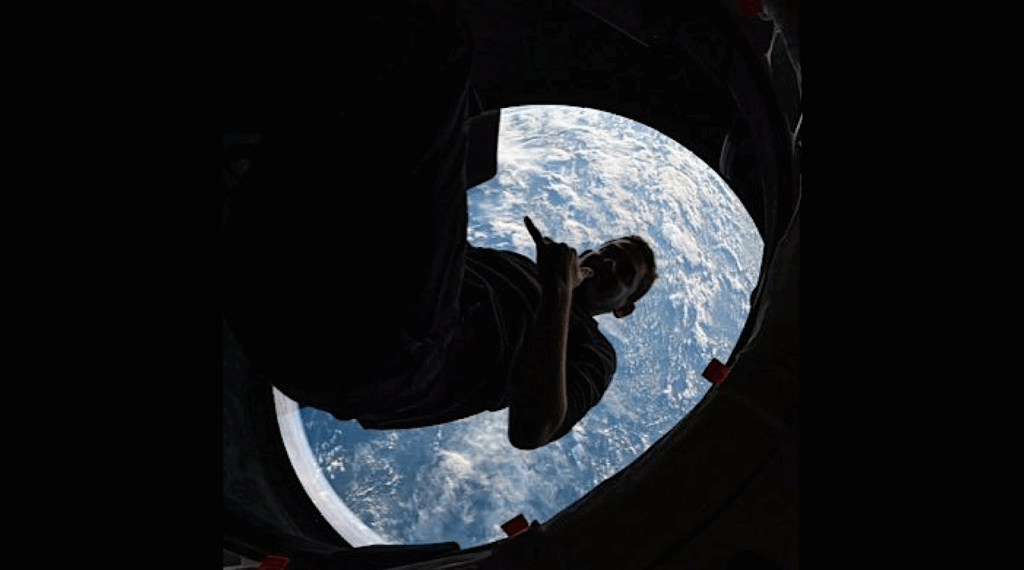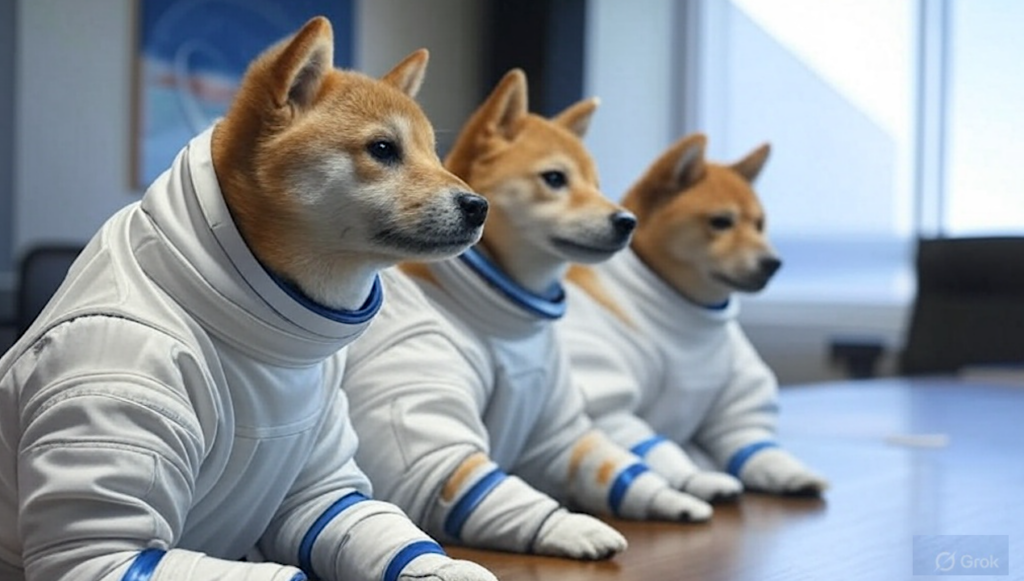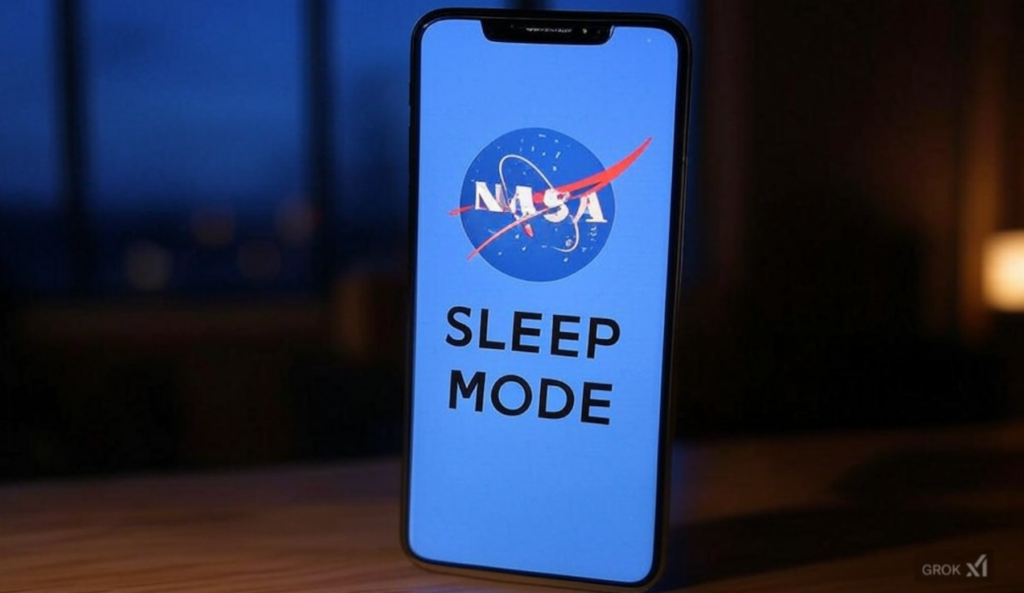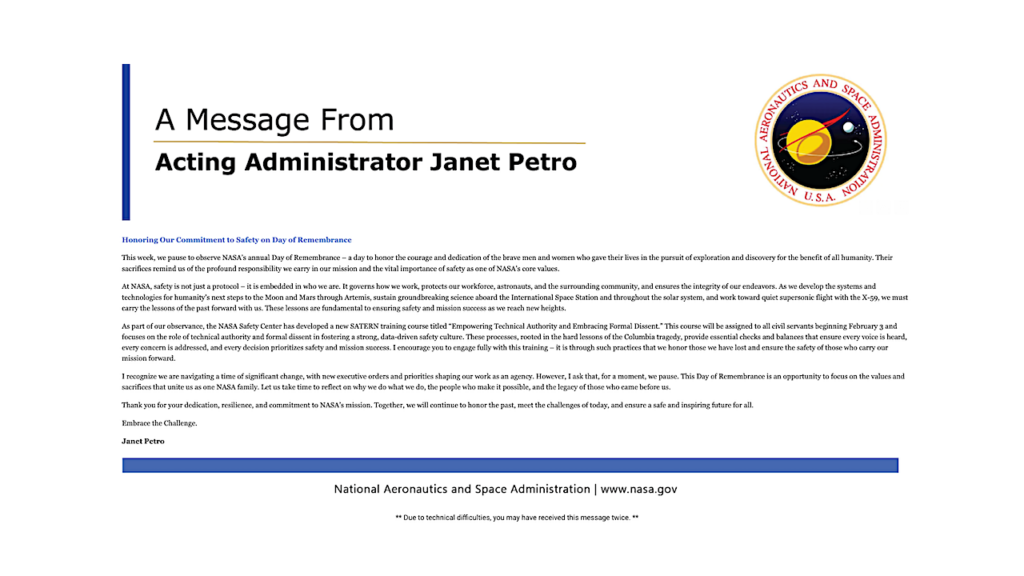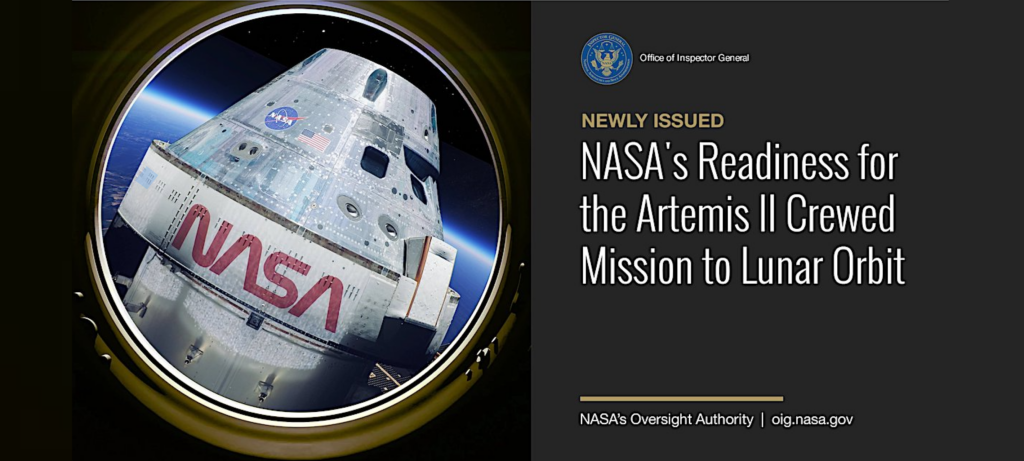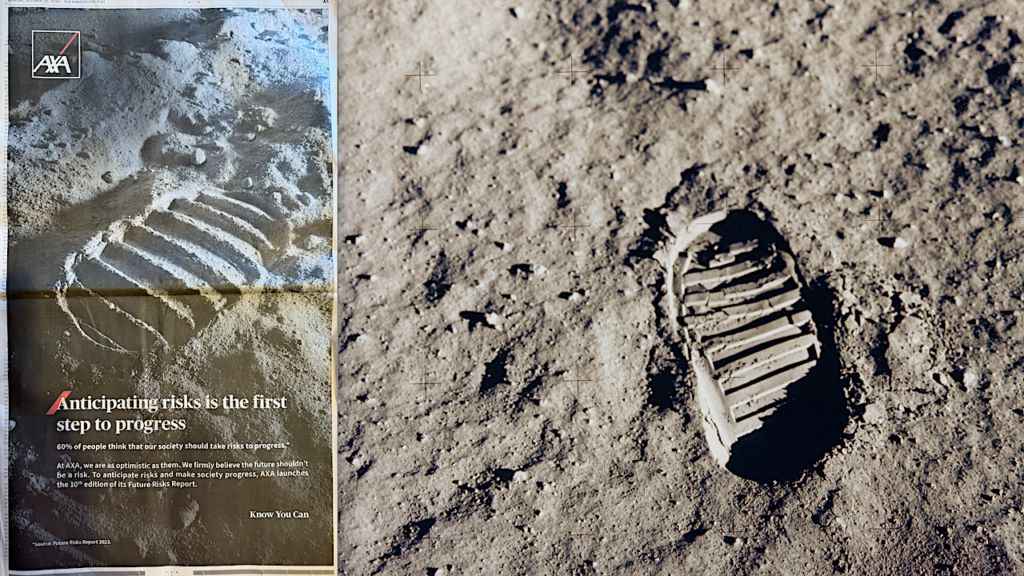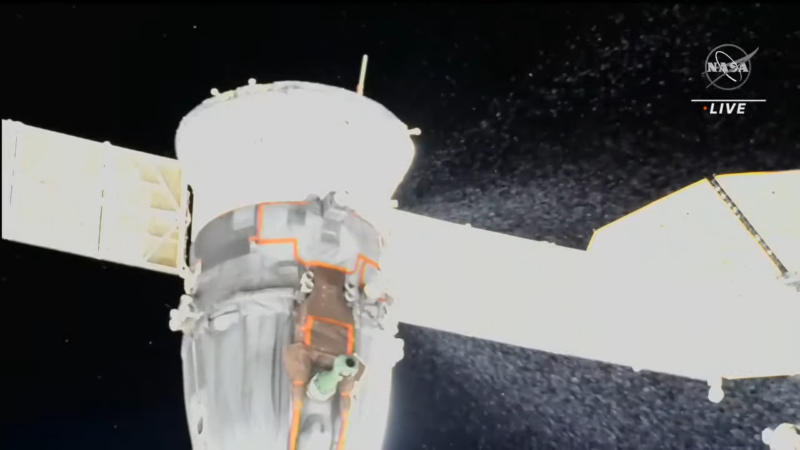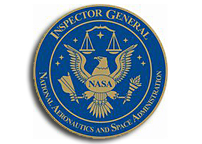Keith’s note: here we go again. A new GAO report: Cybersecurity: NASA Needs to Fully Implement Risk Management is out. Yawn. Once a year GAO, NASA OIG, or some other authoritative body does a review of NASA IT security and they come back and say that NASA is dragging its feet and not dealing with the ever-growing plethora of cyber events that confront us all. NASA writes a letter back saying yea, we’re sorry, I guess you are right but we have an action item to look into this. See you next year. Here are some examples of the past few years: (More below)
(more…)Keith’s note: NASA has a Planetary Defense Program. They want to find asteroids that might pose a risk before they pose a threat. The other day the Vera Rubin Observatory released imagery of a variety of objects including 2,104 previously unknown asteroids discovered in just a few hours by this new instrument. NASA has ignored the Rubin observatory’s debut altogether while the rest of the world stopped to pay attention. This new NASA OIG report NASA’s Implementation and Management of Its Planetary Defense Strategy mentions Rubin as an option but does not ding the Planetary Defense Program for ignoring Rubin. Why is that? More below.
(more…)Keith’s Note: Jared Isaacman just tweeted this. “Spent the last few months assembling a pretty extensive plan—shaped by insights from a lot of smart, passionate people. No shortage of input—everyone loves NASA and wants to help. Maybe I will write an op-ed someday—but I didn’t love being inundated with plans from people who thought they were uniquely NASA’s savior—and I have little interest in doing the same. (more below)
(more…)Keith’s 7 May update: I just got a note from NASA PAO: “The May 5 Federal Register notice regarding the Aviation Safety Reporting System, which NASA manages for the Federal Aviation Administration, was a routine renewal of information collection under the Paperwork Reduction Act of 1995.” This routine Federal Register posting uses lots of boilerplate language and has been used in previous years. So … there is not any formal linkage to other efforts to eliminate things across the government per se. Keith’s original 5 May note: Looks like DOGE is debating whether the NASA Aviation Safety Reporting System (ASRS) and Related Voluntary Safety Reporting Systems (VSRS) are worth keeping: “The NASA Ames Research Center, Human Systems Integration Division, manages voluntary safety reporting systems to collect and share safety information including, but not limited to, the NASA Aviation Safety Reporting System (ASRS) and the Confidential Close Call Reporting System (C3RS). Both systems are voluntary reporting systems for the reporting of safety incidents, events, or situations.” … “Comments are invited on: (1) Whether the proposed collection of information is necessary for the proper performance of the functions of NASA, including whether the information collected has practical utility; (2) the accuracy of NASA’s estimate of the burden (including hours and cost) of the proposed collection of information; (3) ways to enhance the quality, utility, and clarity of the information to be collected; and (4) ways to minimize the burden of the collection of information on respondents, including automated collection techniques or the use of other forms of information technology.”
(more…)Keith’s note: According to this press release “Committee Leaders Demand Answers from NASA on DOGE Access After the Agency Refuses to Comply with Investigation“ specific instances of DOGE employees (who are named) with unparalleled access to NASA sensitive information have been identified. NASA has not been forth coming in their responses to earlier Congressional inquires in this regard. Now Congress wants answers, saying “The information we have reviewed of NASA’s vulnerability to DOGE-related threats is chilling.” Full release and letter below:
(more…)Keith’s note: According to 404 (free subscription required) “Here is NASA’s Contract with Clearview AI“ – “Clearview AI is an OSINT [open source intelligence] platform used to aid in the identification and investigations of persons of interest, by allowing users to search its database of 50+ billion facial images sourced from public-only web sources, including news media, mugshot websites, public social media, & many other open sources,” one part of the documents reads.” … “Previously, NASA told 404 Media that that license was purchased on behalf of the agency’s Office of Inspector General (OIG).” According to Futurism “Clearview’s value proposition is basically to scrape billions of photos from Facebook, Google, and Twitter – without anybody’s consent – and then charge cops to use all that private data to help identify “suspects.” Why does any part of NASA need this technology? Security? Or something new? Who are they watching and how could they use this new software to match this information up with other sources – such as (private) public social media accounts? NASA is not talking about this. Ask your manager. See if they know. Doubtful.
(more…)Keith’s note: the following message from Message from Charles Lombard, NASA Assistant Administrator for Protective Services was sent to all NASA employees this afternoon:
(more…)Keith’s note: FYI I called two people at NASA HQ four times yesterday with detailed information, internal memos etc. about this harassment issue No answer. So I sat on it until I could confirm. I have confirmed them – but not from NASA PAO. Today they sent out this media response to others – but not to me. (see “NASA Employee Harassment Incidents“). You can expect that NASA will do nothing to inform its employees about this for days – if at all. There’s nothing online or in memos about this. It happened several days ago. At a time when the entire extended NASA civil servant, contractor, and scientific workforce is wondering if they will have a job tomorrow, having management that keeps them in the dark about potential threats is simply inexcusable. Everyone who works at NASA is smart. Really smart. They want facts as soon as they can get them – at least that is what they tell me. NASA HQ is not leveling with their workforce. And that is inexcusable.
(more…)Keith’s note: This was sent out to NASA employees. Note the way that Janet Petro signed this – with a standard “Embrace the Challenge.” closing. This was not on her earlier DEI memo. Just sayin’. Full text below.
(more…)Keith’s note: NASA says that Starliner will return to Earth without any crew. Butch and Suni will stay on ISS until early 2025 when the Crew 9 on a SpaceX Dragon will bring them home. That’s three times that Boeing’s Starliner has flown and each mission has had problems – two of the missions have had mission-altering safety issues. And of course no one has been cited as being at fault. That will likely change when the inevitable congressional hearings occur. Did the post-Columbia safety culture at NASA work? Yes. Full stop. Did contractor oversight by NASA and contractor performance by Boeing work? You tell me. For the same program SpaceX did everything nearly flawlessly with Dragon years before and a $billion+ less than Boeing. Bill Nelson says that NASA will be flying astronauts on Starliner again. Well, it’s easy to punt and say that now since that decision will be made after the election and regardless of who wins Nelson will probably not be making that call. That said, at what point does NASA give up? One has to wonder whether Starliner will ever fly again with – or without – humans. Three strikes and … Update: I spoke about this with LBC Radio in the UK [audio], on Deutsche Welle TV at 4:00 pm EDT [audio] and again at 7:00 pm EDT [audio] and was on CGTN TV at 5:00 pm EDT [audio]. Videos below.
(more…)“As a test flight, Artemis I was used to examine how the integrated SLS and Orion and associated systems performed in their intended environment, allowing the Agency to confidently mitigate risks, certify system designs, and validate mission capabilities for future missions in the Artemis campaign. To this end, the Artemis I test flight revealed critical issues that need to be addressed before placing crew on the Artemis II mission. In particular, the test flight revealed anomalies with the Orion heat shield, separation bolts, and power distribution that pose significant risks to the safety of the crew. Resolution of these anomalies is among the most significant factors impacting NASA’s readiness for Artemis II. To its credit, the Agency is taking action to address these issues.” … “In particular, the test flight revealed anomalies with the Orion heat shield, separation bolts, and power distribution that pose significant risks to the safety of the crew.” Full report
(more…)Keith’s note: On the left is a full page ad in Monday’s issue of the Washington Post by AXA – a French multinational insurance company headquartered in Paris. Note the footprint is in gray soil by a strangely shaped boot. On the right is an actual photo of an Apollo 11 crew footprint on the lunar surface in 1969. Advertising copy is an art style. I get that. What were they trying to evoke with this image? After half a century one would assume that this is a lunar footprint – but how many people not alive at the time get the same impressionas that those of us who lived through it? Given its ubiquity its probably become iconic. Like the God/Adam finger touching image from the Sistine Chapel. But instead of using readily available (and often higher quality royalty free) images from NASA they re-create the footprint in a studio. Funny how they fake a moon footprint when so many people think that all of Apollo was faked, right? Anyway … A French company takes out an expensive full page ad in a prominent American news paper (and probably others) at a cost of millions using the human exploration of the Moon as a symbol of the risk taking they are citing as being important to progress. They never mention space. Nor do they mention Artemis or even exploration. They do not care about space in terms of their product line – but they certainly embrace the core risky notion that the whole Apollo thing embodied. They just throw the paradigm shaking/shifting trips to the Moon in your face as the penultimate risk/benefit exercise. It works. In reality it is a false lesson. You see, we got afraid of going back to the Moon after we went there. Half a century later were are less tolerant of risks involved, stumble when it comes to designs and budgets, and are taking far longer to even begin to match what we did half a century ago. NASA has a vast branding reach. The whole world was exited when Apollo was gearing up. I was there. I saw it. Now, NASA just goes through the motions with occasional flashy Artemis media things that are soon forgotten. Yet in China and India and elsewhere where Moon programs are all the rage, their citizens are in the streets cheering. What have these nations discovered that we have forgotten – and why is NASA so clueless as to how to bring back the excitement that going to the Moon once inspired my generation? Just sayin’
(more…)Заради аварията на Союз МС-22: съкращават екипажите на следващите американски и руски пилотирани кораби – Keith’s note: An English auto-translation of this article says Soyuz MS-23 will be launched with one crew and then bring cosmonauts Prokopiev and Petelin (currently on ISS) home. The next SpaceX Dragon will be launched with 3 crew – cosmonaut would Fedyaev bumped to a later mission – to bring Rubio home. MS-22 would eventually be deorbited with no crew.
(more…)Artemis I Wet Dress Rehearsal Update “NASA is planning to proceed with a modified wet dress rehearsal, primarily focused on tanking the core stage, and minimal propellant operations on the interim cryogenic propulsion stage (ICPS) with the ground systems at Kennedy. Due to the changes in loading procedures required for the modified test, wet dress rehearsal testing is slated to resume with call to stations on Tuesday, April 12 and […]
NASA’s Aerospace Safety Advisory Panel Releases 2021 Annual Report, ASAP “… Funding such endeavors will obviously take considerable resources. However, history suggests (as shown in Figure 1) it is unlikely NASA’s budget will ever again exceed 1% of the federal budget, as it did during the lead-up to the Apollo Program. Consequently, it will not be possible for NASA to single-handedly carry out all of the missions now envisioned. Considering […]
To Understand Low-Earth Orbit, Look to Mt. Everest “Getting to low-Earth orbit is a lot like climbing Mt. Everest. It’s not impossible, but it’s difficult, expensive and risky. As experience grows, the difficulty of reaching the destination drops steadily, and the risk becomes more manageable.” “…the commercial era of Everest expedition rises with the ability of the general public to pay commercial outfitters to climb Everest at a fraction of […]
Space Station Incident Demands Independent Investigation, Jim Oberg, IEEE Spectrum “How close the station had come to disaster is an open question, and the flight director humorously alluded to it in a later tweet that he’d never been so happy as when he saw on external TV cameras that the solar arrays and radiators were still standing straight in place. And any excessive bending stress along docking interfaces between the […]
NASA OIG: NASA’s Efforts to Mitigate the Risks Posed by Orbital Debris, OIG “Despite presidential and congressional directives to NASA over the past decade to develop active debris removal technologies, the Agency has made little to no progress on such efforts. Moreover, debris removal technologies from international agencies and commercial entities are in the early stages of development and testing. … We found that NASA models of the orbital debris […]
NASA’s Aerospace Safety Advisory Panel Releases 2020 Annual Report “… We believe that NASA must make some strategically critical decisions, based on deliberate and thorough consideration, that are necessary because of their momentous consequences for the future of human space exploration and, in particular, for the management of the attendant risks. These decisions involve: • What role NASA intends to perform going forward and why. • How the Agency will […]


